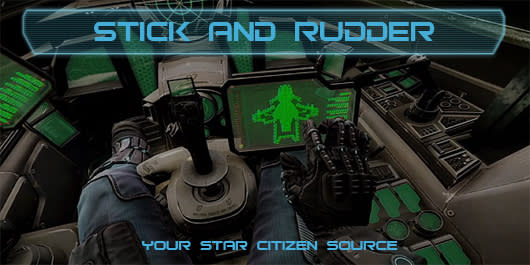Stick and Rudder: 2013's essential Star Citizen stories
What say we recap 2013 from a Star Citizen-focused perspective? It was a huge year for Cloud Imperium's space sim sandbox, and no, I'm not just talking about the ever-increasing crowdfund windfall.


You didn't really think I was gonna put anything other than a gameplay reveal in the top spot, did ya? Yeah, the dogfighting module might've been delayed, but the live and unscripted gameplay footage that Chris Roberts and company showed off in late December left me with the feeling that the game is on very firm footing.
For one thing, it looked smooth, responsive, and photorealistic, inasmuch as fictional spaceships can look photorealistic. For another, the damage modeling and the spiffy shield functionality were like nothing I've ever seen in a space sim. I especially dug little details like the fact that a ship's shields will take on the color of the energy weapons used against them.
Other noteworthy tidbits included the hit detection system wherein each spacecraft has individually modeled and registered subsystems complete with physical locations. Roberts provided additional details on the projectile weapon and signature systems, which will include visual, electromagnetic, and reflective components. Each sig system and its various countermeasures will be managed in real-time by the pilot, and players will be able to evade detection by ducking behind asteroids and the like.
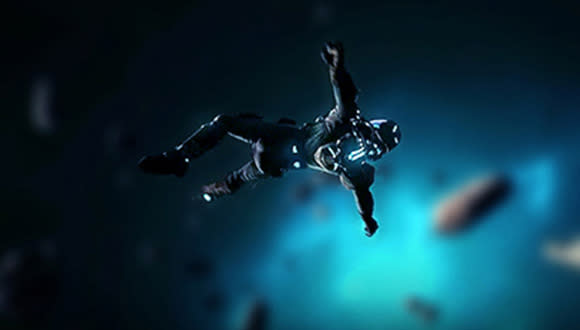

Roberts' February 2013 Death of a Spaceman manifesto was our first significant glimpse behind Star Citizen's gameplay curtain. Prior to this post, we knew the title was going to be a sprawling, multiplayer space sim, and we knew it was going to be purty, but beyond that things were fairly murky.
DoaS laid out Roberts' overall goal of a persistent universe with a "sense of living history" as well as his thoughts on player death, physical and visible damage, and general immersion. "I feel that if everyone can be cloned easily, it fundamentally changes the structure of the universe," he explained. "You now have a universe of immortal gods that can't be killed. Death is just a financial and time inconvenience that has no further consequences."
His solution is basically a system of lives, sort of like an "old-school arcade game." Each player avatar will ultimately have "the ability to 'die' multiple times before the character is finally put to rest." Each "death" creates wear and tear on the avatar, and ultimately there will come a point when you'll no longer be waking up in a med bay with another cybernetic replacement limb; instead, you'll be attending the funeral of your avatar from the perspective of a new avatar whom you've previously named as your beneficiary.
There's much more to Death of a Spaceman than I can cover in a couple of paragraphs, of course, and it is absolutely essential reading for the knowledgeable Star Citizen fan.
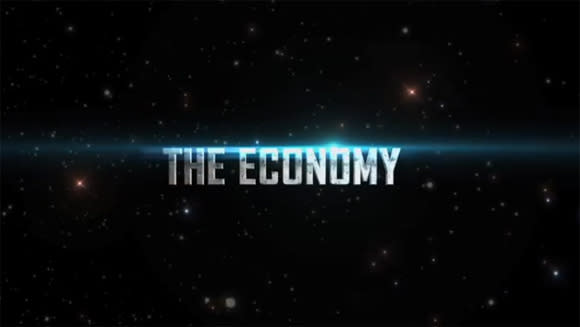

In July, Roberts further elaborated on gameplay specifics via another lengthy post, though this time the focus was the game's economy. "Star Citizen is, at its heart, a vast living world that combines a remarkably detailed space combat simulation with an equally in-depth model of the economy of a star-spanning empire," the post explains.
While Star Citizen is clearly about space ships first and foremost, it is in fact a sim, and marrying a complex player-driven economy with a robust space flight engine has been on Roberts' mind for a couple of decades now. "What has surprised us most is the fact that players are as interested in seeing this happen as we are," Roberts told me later that same month. "It was always in the spec, but it was never something we thought would bring people into the community. I think this is one of the major strengths about Star Citizen: There is no one play path; you can focus on combat, trading, exploring, or building an economic empire."
Said empire will make use of the game's economic "nodes," which are entities that "accept one or more types of input goods and output one or types of output goods." Some nodes will operate "in a self-contained fashion, while other needs must be met by external entities whether [they be] NPC trade routes or player-run missions."
I know it sounds complex, so why don't you watch this video?
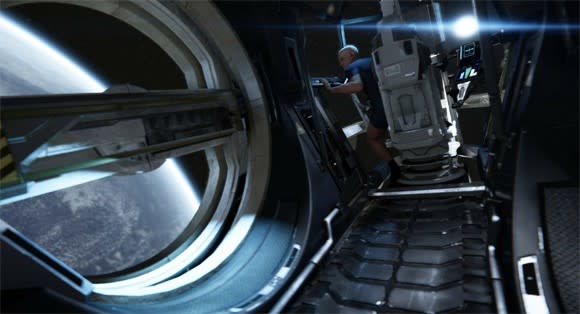

Speaking of that mid-July interview, I'm including it as a highlight here because it touched on a ton of different aspects including PvE, PvP, crowdfunding, the aforementioned economy bits, and more.
The PvP portion is particularly noteworthy because it clears up a lot of the misconceptions spread about by forum ignorati regarding the pervasiveness of PvP and whether or not Star Citizen is EVE with joysticks. "Star Citizen doesn't shy away from PvP, but we're not building a game around it either," Roberts said.
So that's that. For clarification, posterity, or what have you.
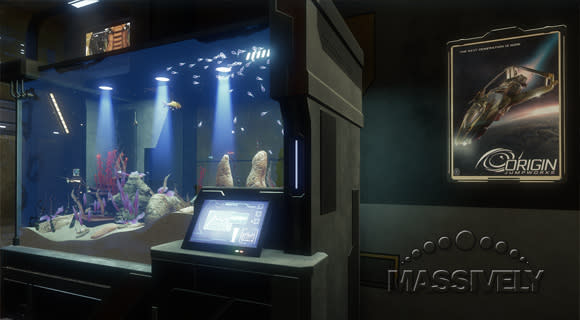

This stuff tends to bunch the undies of the feature-creep police, but that's OK because Star Citizen isn't for these people. See, MMOs have been under-delivering on their virtual world raison d'être since 2004. That was of course 10 years ago, and so now we have an entire generation of players for whom the sort of shiny, vacuous WoW-style treadmill is the MMO norm.
Thankfully Star Citizen is part of what I'm tentatively calling the new sandbox movement. These games don't shy away from including substantial non-combat gameplay alongside their murder-sim aspects, and they don't fall all over themselves placating the time-poor. Star Citizen boasts public transit, salvaging, exploring, and mining, not to mention the potential for plenty of slickly realized out-of-ship roleplaying elements thanks to the underlying CryEngine and the extensive bipedal avatar stuff already in the works.

Cloud Imperium released a trio of spaceship commercials in 2013, alongside glossy car dealer-style brochures filled with ship specs and in-character verbiage designed to both draw existing players further into the game's immersive clutches and showcase its jaw-dropping visuals to the uninitiated.
And that's all I can say about these clips, since their in-engine pictures are literally worth a thousand of my words. Be sure and check out the 300i series video above.

And right up there is the Aurora clip, and yep, it's just as badass.

And above I've embedded the Hornet clip, which is arguably the best of the bunch.
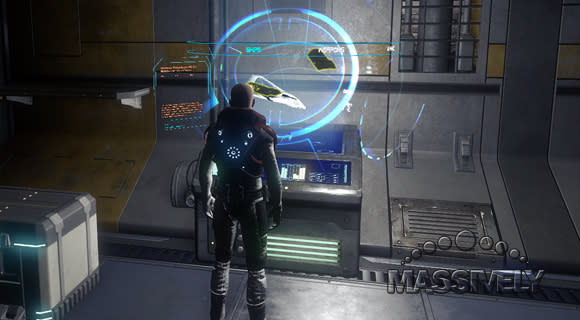

No 2013 Star Citizen list would be complete without the game's first module release. The hangar debuted in late August and has since undergone several polish- and functionality-related patches. Early adopters can currently climb around in several of their pre-purchase reward ships as well as mix and match weaponry and components via the holotable interface. Oh, and you can also remove the guns from your ships, hang them on a floor-mounted artillery pod, and mow down a few cardboard targets thanks to December's gunnery range addition.
Gameplay proper is pretty limited in the hangar as of press time, but Cloud Imperium nonetheless managed to nail its first public deliverable and gift fans with a nifty if agonizingly teasing piece of pre-alpha content.
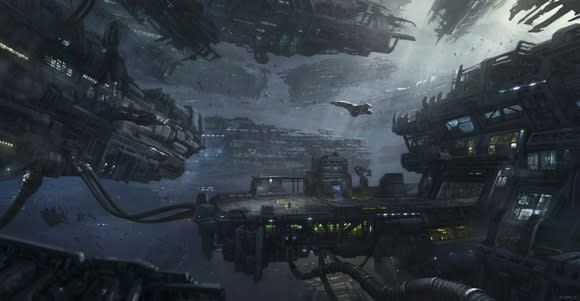

Finally, I'll close with some of Star Citizen's mind-boggling crowdfunding milestones. I purposely avoided calling attention to these numbers earlier in the piece because I feel that these numbers are all that gets talked about in casual Star Citizen conversation.
As the preceding list illustrates, there are dozens of tangible reasons why these numbers were achieved and why they continue to be surpassed. And while milestones like $10 million, $20 million, and the most recent $35 million mark are undeniably impressive, in reality they're a sideshow to the actual game and why the people creating it made 2013 an MMO year worth remembering.


Whether it's interviews with Chris Roberts and the Cloud Imperium team or tips and guides for pushing your ship's performance envelope, Stick and Rudder is your inside source for news and commentary on the world of Star Citizen. Join Jef Reahard every other week during the run-up to alpha, beta, and beyond.

